SAT® vs. ACT® – Everything You Need to Know in One Easy-to-Follow Guide
Not sure which test to take? Compare SAT® and ACT® test sections, durations, and scoring, and find tips on how to choose the best option for you.
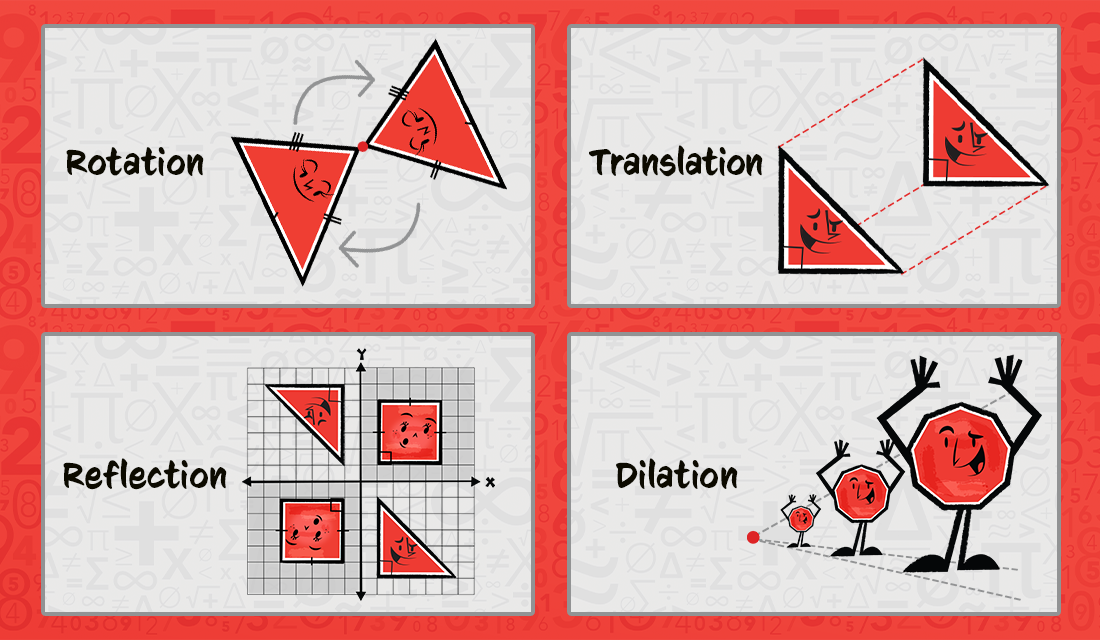
From the steady spin of Earth to seeing your reflection in a mirror, geometric transformations are more than just lessons in your math book – they’re tools that help us understand how objects change position, size, and shape in our world.
We've prepared this overview to help you explore or brush up on geometric transformations with clear definitions, relatable examples, and a fun quiz to test your knowledge.
Find Top-Rated Geometry Tutors at Mathnasium
Geometric transformations are the changes we make to the position, size, or shape of geometric figures including triangles, squares, circles, or any other shape.
Before we make any transformation, the figure we start with is called the "pre-image," and after we complete the transformation, the resulting figure is known as the "image."
The key principles of each geometric transformation are:
There are four main types of geometric transformations based on how we want to move or change shapes:
Three of these transformations—translation, reflection, and rotation—are rigid transformations that keep the shape and size of the figure the same before and after the change.
Dilation is a non-rigid transformation that changes the size of the figure while preserving its shape.
Since each geometric transformation follows specific rules, let’s look at them separately:
Translation is a type of geometric transformation where we move or slide a figure from one place to another without rotating or changing its size.
This movement occurs in a straight line, either horizontally, vertically, or diagonally.
In a translation, every point of the figure shifts by the same distance and in the same direction along parallel lines.
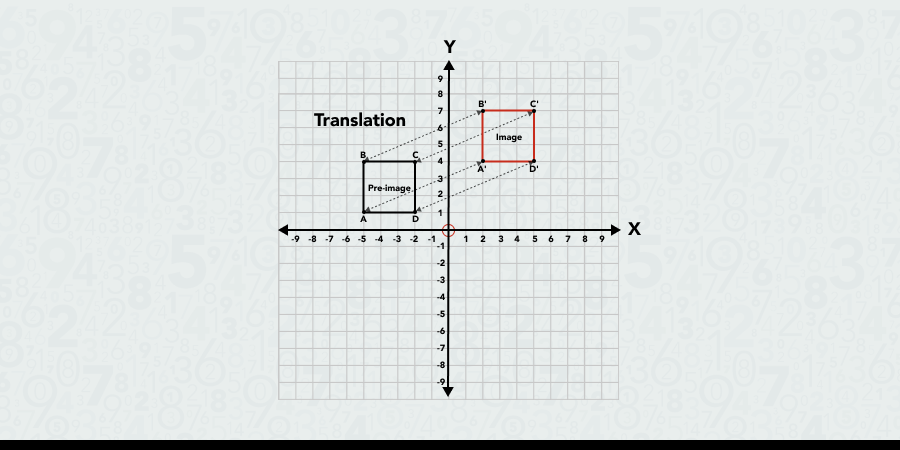
Explore Translation, Including Definitions, Rules, and Solved Examples →
Reflection is a geometric transformation where we flip a figure across a line called “the line of reflection”.
This creates a mirror image that keeps the original size and shape of the figure but appears flipped or mirrored.
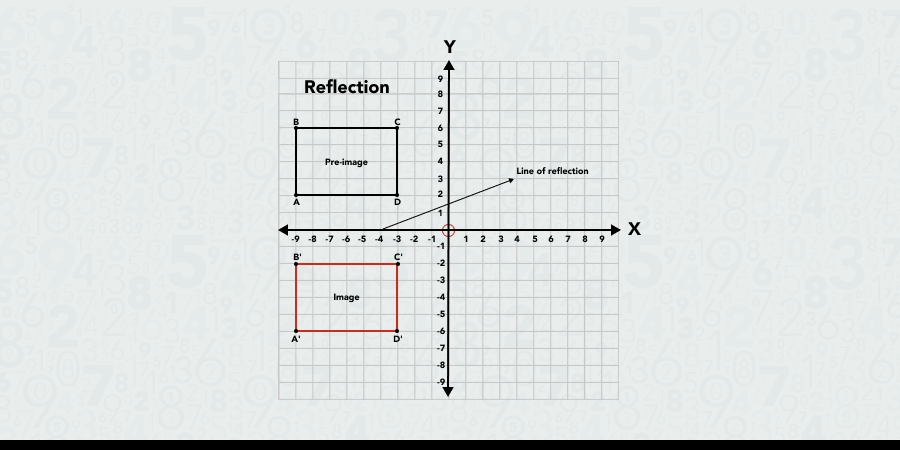
Explore Reflection, Including Definitions, Rules, and Solved Examples →
Rotation is a geometric transformation where we turn a figure around a fixed point called the "center of rotation."
Following a rotation, the size and shape of the figure remains the same.
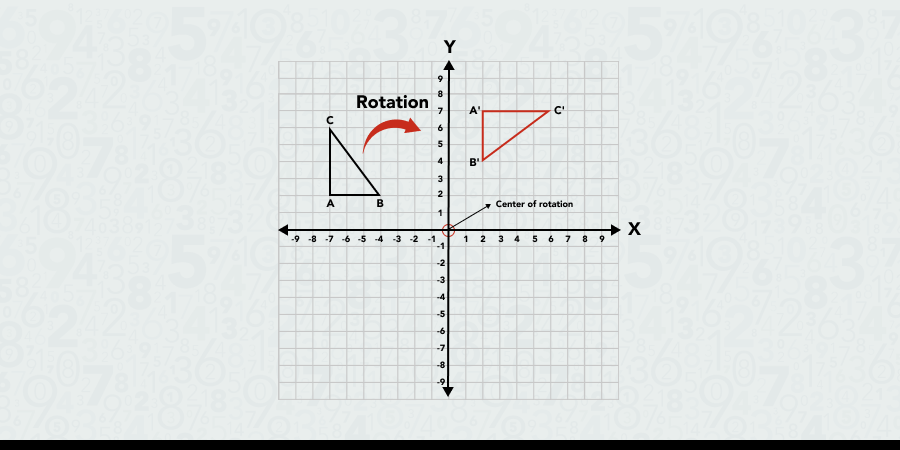
We measure the amount of rotation in degrees, with the most common rotations being 90°, 180°, 270°, and 360°.
The direction of rotation can either be clockwise or counterclockwise.
Explore Rotation, Including Definitions, Rules, and Solved Examples →
Dilation is a geometric transformation where we change the size of a figure but keep its shape.
The resulting figure can either enlarge or shrink.
In dilation, we move each point away from or towards a fixed center, called “the center of dilation”, and scale by a factor that determines how much larger or smaller the figure gets.
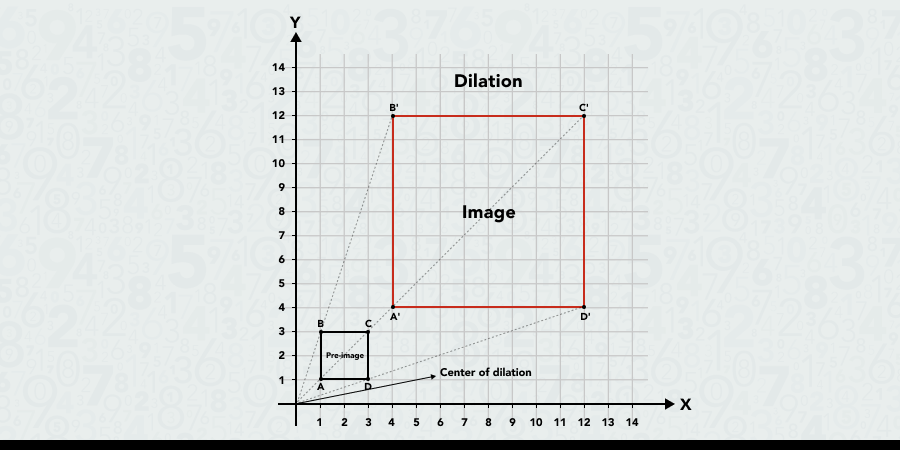
Explore Dilation, Including Definitions, Rules, and Solved Examples →
Understanding geometric transformations is easier when you see how they appear in everyday scenarios. Let’s look at several examples.
When you slide a book across a table or push a shopping cart or a toy car in a straight line, you are most likely demonstrating translations in action.
Why “most likely”?
Because for it to be an example of translation, you have to move the object—your book, cart, or toy car—from one position to another without changing its orientation.

Pushing a toy car along a straight path is a great example of translation.
Mirrors and water surfaces are some of the most straightforward examples of reflections in everyday life.
When you look into a mirror, you see a clear reflection of yourself, or whatever you place in front of it.
Similarly, calm waters like ponds or lakes reflect the world around them, giving us those stock-image-worthy moments like these:

When light rays bounce off the water surface, they create a mirrored image of the scenery, demonstrating reflections in real life.
As you are reading this, the Earth spins around its axis and rotates around the sun along with the rest of our solar system.
Rotation is everywhere.
We use this motion to open doors or to steer cars using the steering wheel.
Analog clocks, carousels, merry-go-rounds – these are all examples of rotation we encounter around us.

Spinning car wheels and steering wheels are great examples of rotation.
Dilation, while less obvious in everyday life, plays an important role in various tech-related tasks.
Photo editing apps, for instance, use dilation to resize images seamlessly while maintaining their original proportions. Likewise, in cartography and mapmaking, dilation ensures geographical features show accurately across maps of different scales.
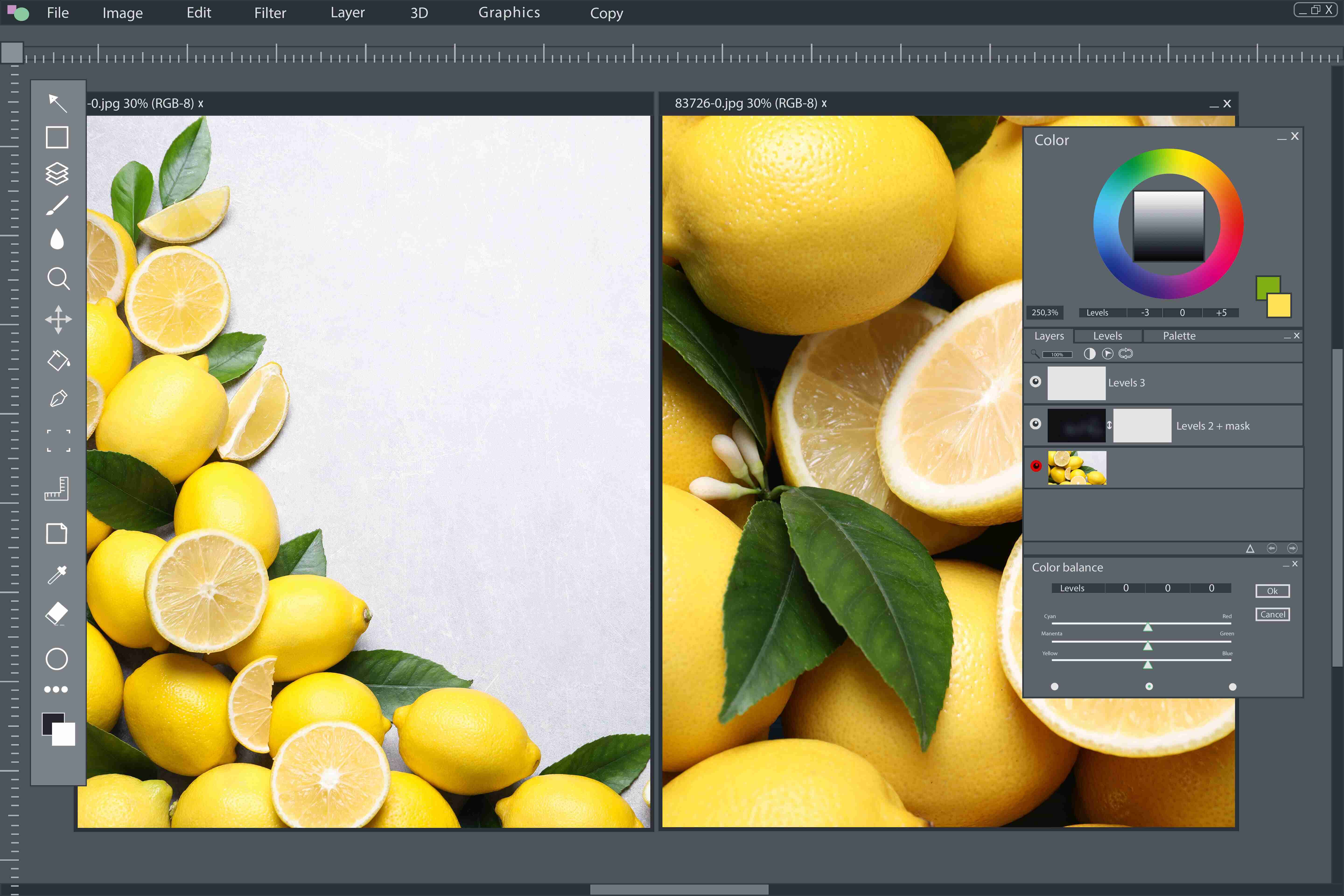
When cropping or resizing photos in apps, dilation helps keep their original properties.
Ready to test what you’ve learned? We've put together a fun quiz to see how well you grasp geometric transformations.
Choose the correct answer for each multiple-choice question. Good luck!
Create your own user feedback surveyWe've compiled some frequently asked questions about geometric transformations to help you understand these concepts even better.
Rigid transformations keep the shape and size of a figure the same but can move it around, flip it, or rotate it.
Non-rigid transformations change the size of the figure, but keep the shape the same.
Translation moves a figure from one place to another without changing its size, shape, or orientation.
Rotation turns a figure around a fixed point. After a rotation, the size and shape of the figure stay the same.
Yes, multiple transformations can be applied to one figure in sequence. For example, a figure can be translated, then rotated, and finally reflected. Applying the same transformations in a different order can affect the final image.
Yes, we can do transformations outside the coordinate plane.
For instance, when you move or rotate furniture in a room or change a design on paper, you're applying transformations.
Even without a coordinate grid, like in art or architecture, the same principles of geometric transformations still apply.
To support your studies, we’re including a cheat sheet with the essential formulas for geometric transformations as a handy bonus.
At Mathnasium, we encourage students to understand the why behind a formula rather than simply memorizing it.
So, we invite you to go through our guides and then use this cheat sheet as a helpful sidekick to refresh your memory.
Understand the math behind:
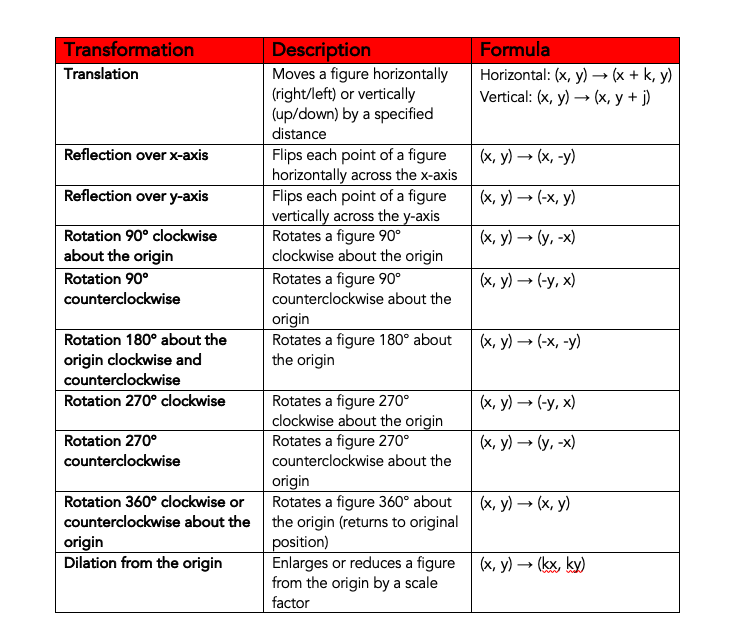
Mathnasium’s specially trained math tutors work with K-12 students of all skill levels to help them understand and excel in any math class and topic, including geometric transformations.
Our geometry tutors work with K-12 students of all skill levels, including middle school and high school students looking for:
At Mathnasium, we assess each student’s current skills and consider their unique academic goals to create personalized learning plans that will put them on the best path towards math mastery.
Whether your student is looking to catch up, keep up, or get ahead in your math class, find a Mathnasium Learning Center near you, schedule an assessment, and enroll today!


Mathnasium meets your child where they are and helps them with the customized program they need, for any level of mathematics.
